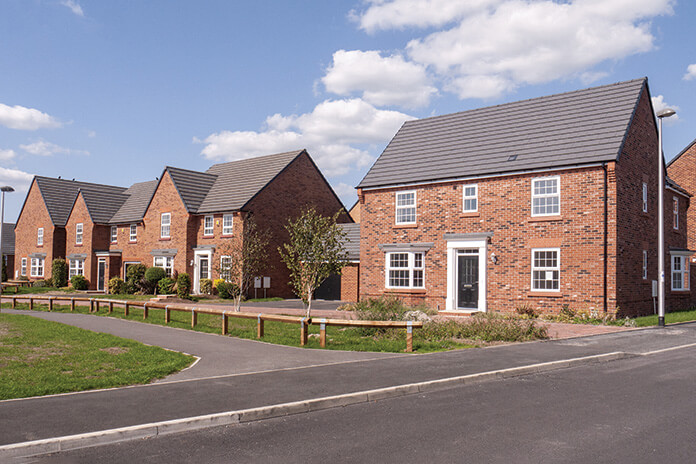High street build-to-rent: Is it catering to tenant demand?

In October, John Lewis Partnership outlined its plans to expand its remit beyond retail to help generate new revenue streams as the high street continues to struggle. One of these avenues is investing in the build-to-rent (BTR) market. Its initial plans set out for 20 sites – with the first applications for builds in London being submitted in 2021.
As John Lewis targets sites either above or near to existing stores on the high street, data suggests renters are ditching city centre living in favour of homes in the suburbs and smaller towns. Which poses the question – is there really a case for BTR on the high street?
Remote working and green space
Around the same time John Lewis announced its plans, research from estate agents Hamptons International indicated a growing trend of renters moving out of London and looking to the suburbs. According to its findings, 63% of renters who moved to a bigger home chose to leave London to do so, with remote working and green space cited anecdotally as reasons why people wanted to move out of the city1.
And this trend isn’t just in London. Research also carried out by Hamptons found in September that villages and commuter towns were growing in popularity with 34% of renters demanding extra space in Q2, up from just 25% in the first three months of the year. The same research also found that the northwest came second on the list of areas where people were upsizing properties to get an extra room or a larger garden.
Some people may argue these trends will be short term. Influenced by the pandemic, we have all had to change the way we live and work, meaning we have new habits and new priorities. How long this continues post-pandemic only time will tell, but according to SpareRoom2, more than one in ten renters plan to leave London and never go back to city living after the pandemic.
When you add to this the appetite for remote working to continue after Covid-19, a YouGov poll3 found just 7% of respondents want to go back to the office. All the signs point towards the trend for renting in the suburbs and more rural areas becoming the norm.
The growing BTR market
It doesn’t come as a surprise that retailers are turning to BTR for new streams of revenue – after all, it’s a booming market. In Q3 of 2020, £1.43bn was invested in BTR with the overall value of the market now at £14bn4. For a developing market, it boasts impressive figures.
Councils, authorities and businesses are searching for solutions to resurrect the high street, but demand for inner-city rental properties is likely to be in tough competition with high-quality suburban BTR homes. In 2020, Wise Living has witnessed the demand first-hand for properties away from the hustle and bustle of populous city centres.
Even during the first lockdown, we launched the first of three schemes, The Old Brewery, located in the suburbs of Mansfield, Nottinghamshire, and it only took a matter of weeks before all the homes were snapped up – remotely. We have seen this on our other developments in Telford and Coventry, and we fully anticipate to see the same trend on the developments we are currently working on. These might only be a few examples, but they provide a real snapshot of the demand for quality, single-family rental homes in suburban areas.
The shift in demand from your “traditional” city centre blocks to suburban homes with gardens means more investors, developers and BTR providers are turning their attention to those areas, tapping into locations such as Wolverhampton, Rotherham and Boston. In the last 18 months, Wise Living has secured £60m of funding from ICG Longbow as well as a further £100m from Triple Point – indicating real appetite from investors, not just renters.
Future demand
No-one has a crystal ball to see exactly how demand might shift following the pandemic. Yet current rental trends show strong signs that city-centre living is on the back foot and moving out of the city for extra living space and access to green spaces with no need to live near the office is taking precedence.
As the high street continues to struggle it’s clear that different thinking is needed to help regenerate areas that have been such an important part of the way of life in the UK for so many years – whether BTR is the answer, it remains to be seen.
3 [w] https://www.insider.co.uk/news/uk-office-workers-want-continue-22979780





